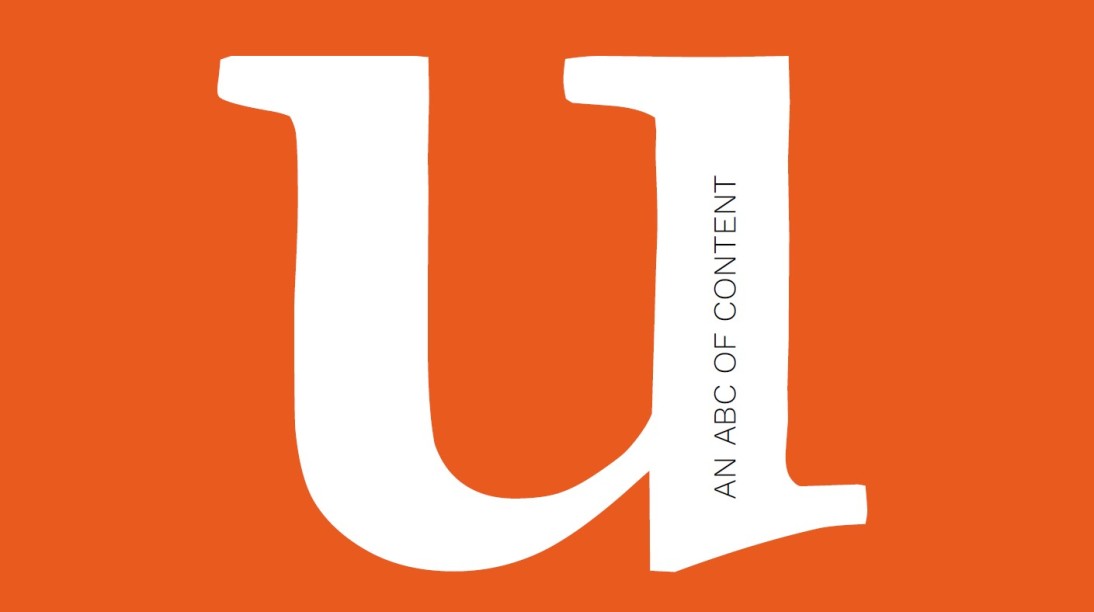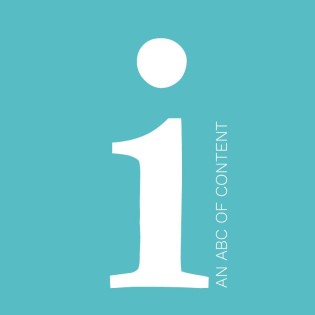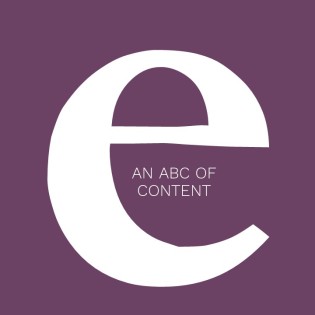U is for useful

Tell us something we don’t know
Neither you nor your reader want to waste time. Content must be useful to both you (or your company or brand) and your audience. If it’s not, then both parties would be better off doing something else. In the case of the reader, they might not be back either.
A good starting point for content is to think about what your audience wants or needs to know. How can you offer something which will help them? Showing off your skill in growing apples is of limited value if what your readers actually want to know is how to grow pears.
Think carefully about the key issues and the level of knowledge your likely audience will have. The language and the content must be pitched appropriately. Highbrook has an aversion to what it terms the Statement of the Obvious (SOTO). If your reader already knows it, don’t waste their time by telling them it again. It’s not useful, is irritating and possibly patronising, too.
That is not to say that covering topics which are already out there can’t be useful; rather that your take on them must add value. You could share some new insight, research or information.
Usefulness should work both ways. Ask yourself what the value of your writing will be to your brand. It might be a question of building reputation and authority or it might be intended to support a particular product or service.
Finish off with a clear call to action. This should explain to readers what they should do next. This will maximise its usefulness to both parties. It could be a signpost to further reading, an invitation to subscribe or an option to purchase.





